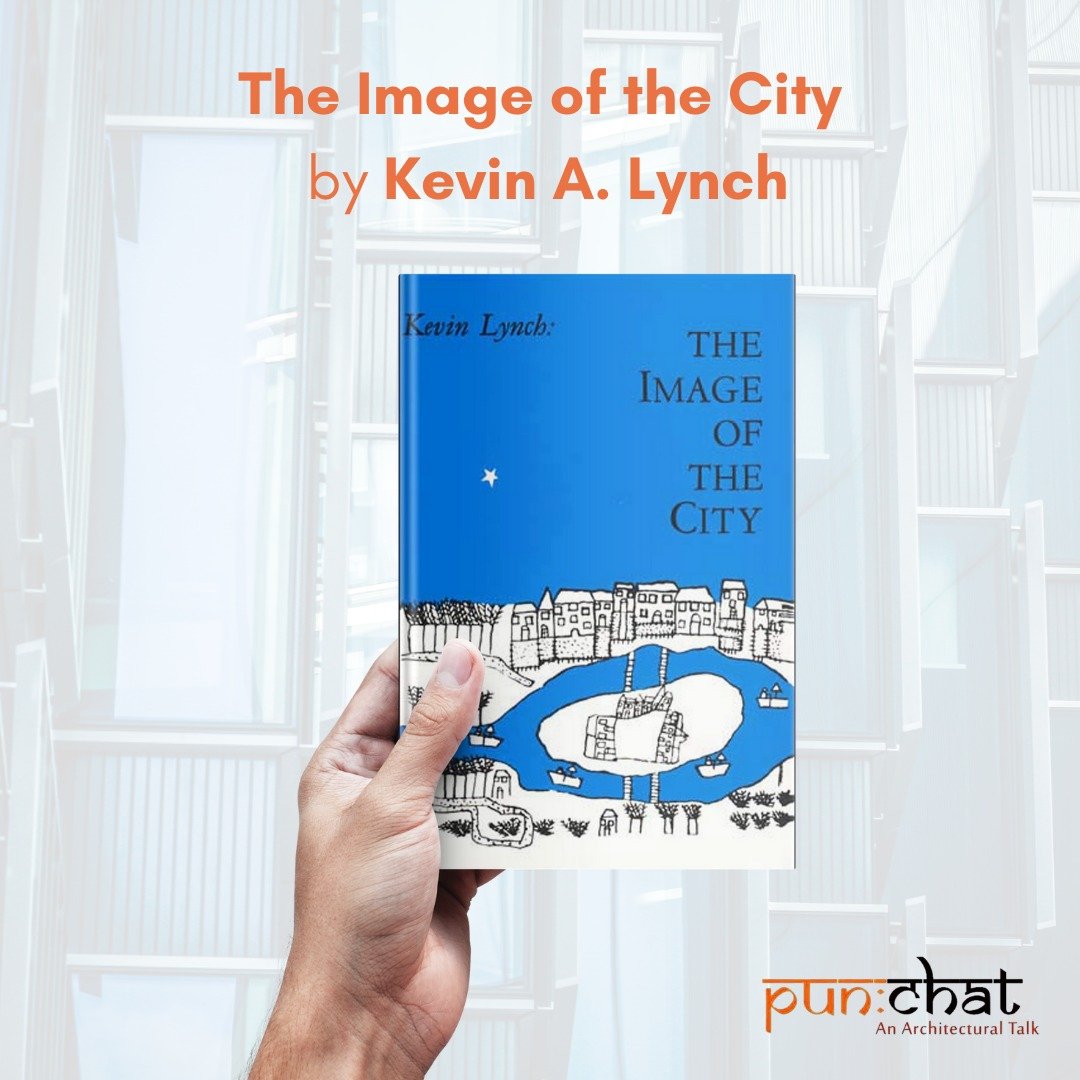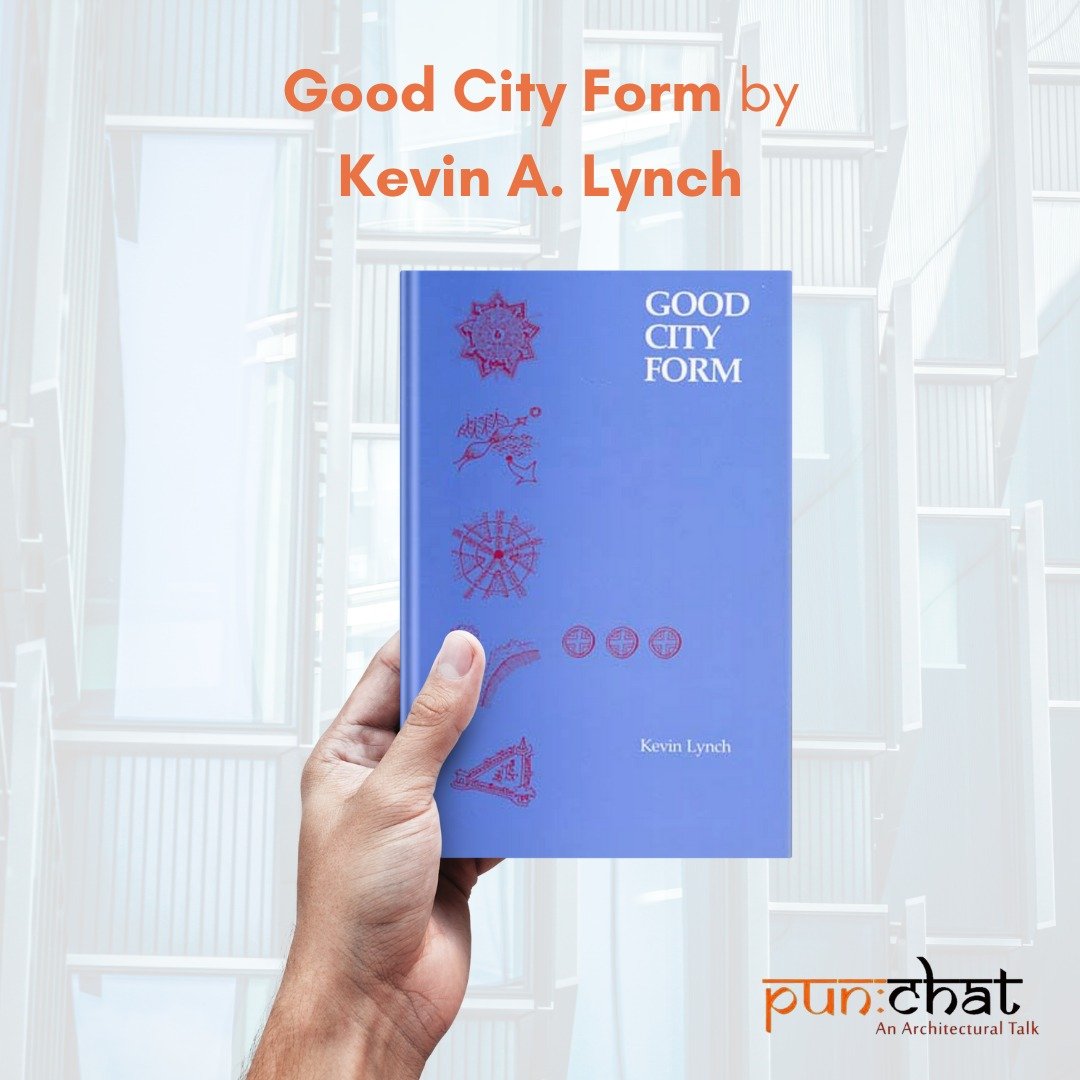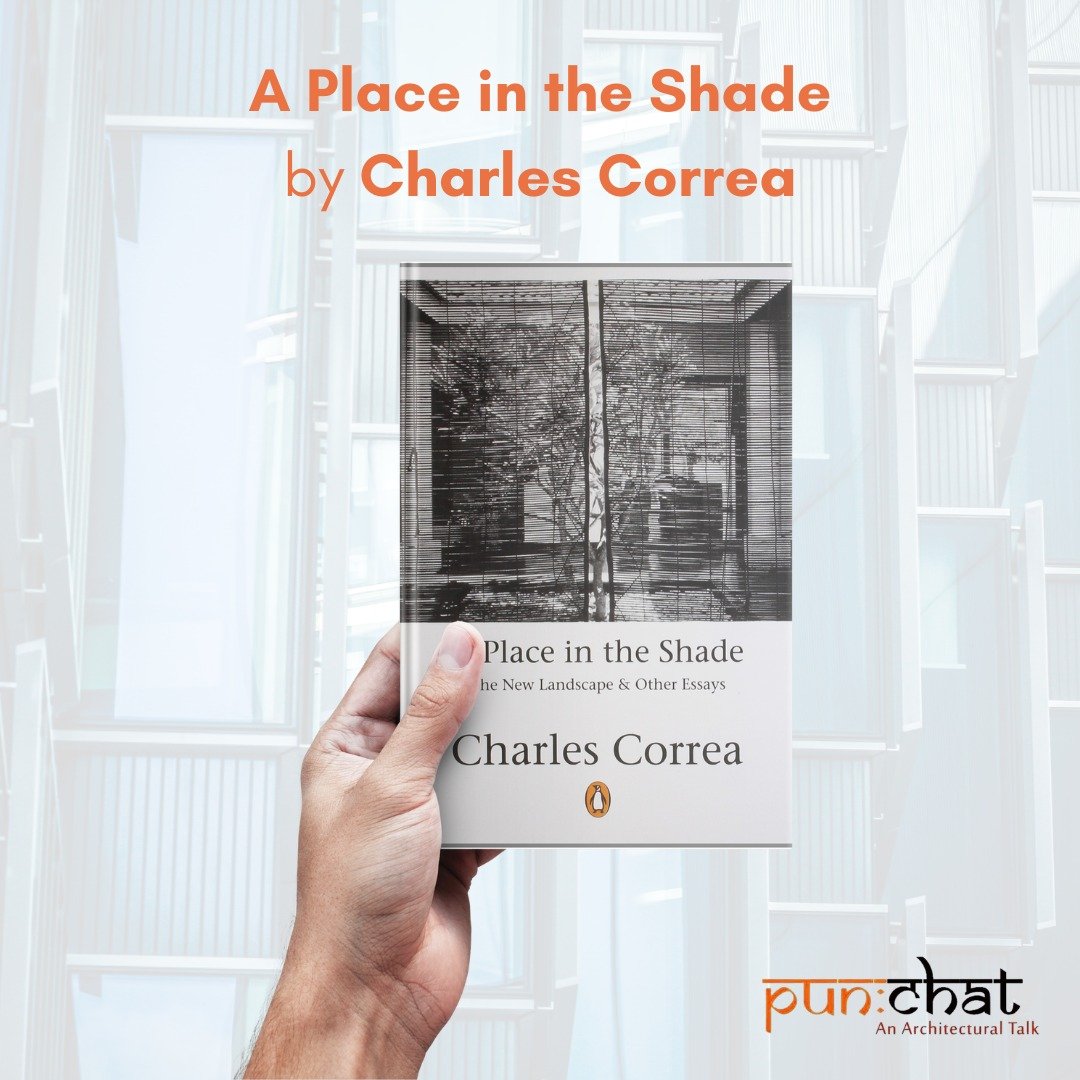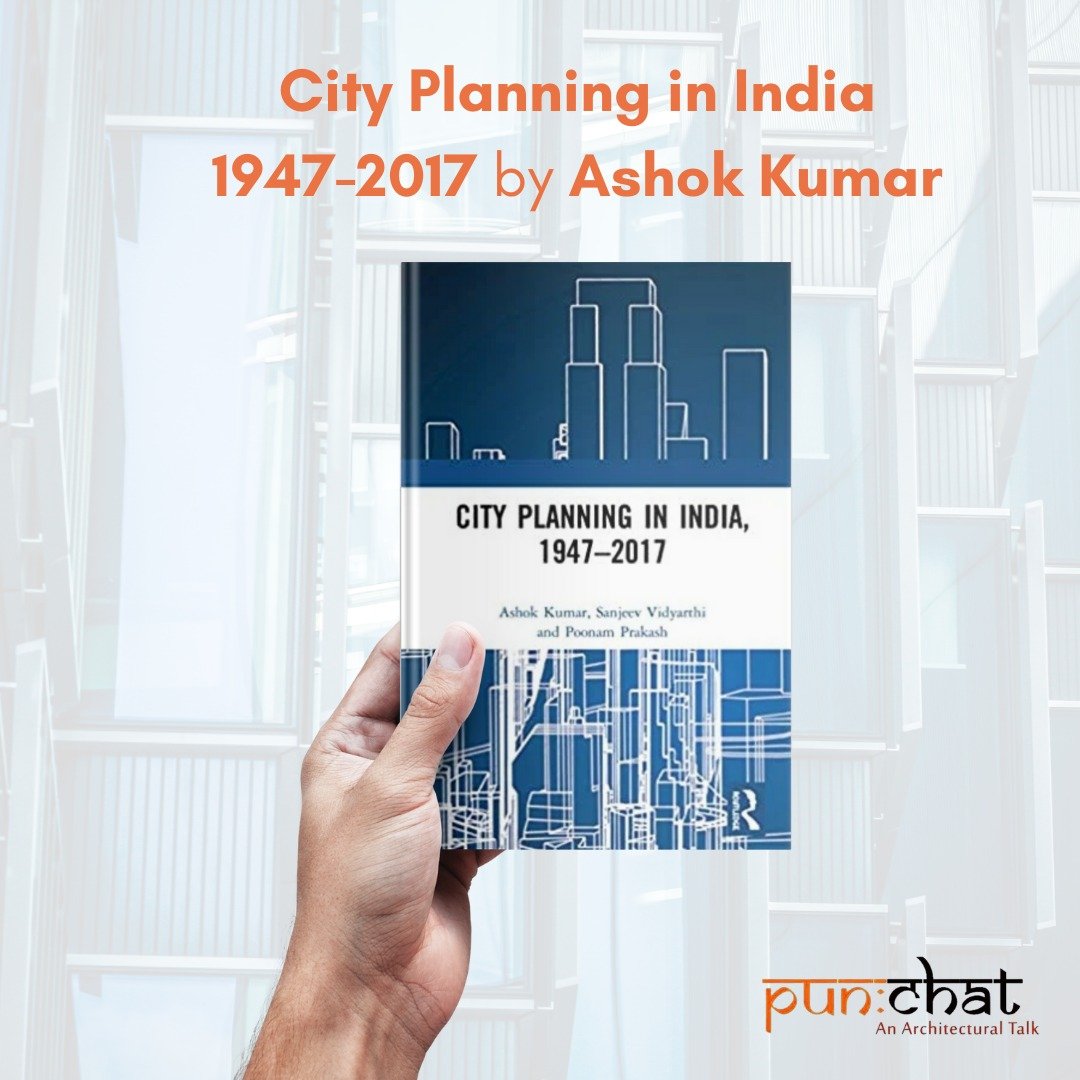Book recommendations for urban design enthusiasts
Architects do not read books is a cliche we all have heard. In between presentations, drawings, panning 3-D models, and renders, reading often takes a sidestep. However, by limiting our research just to internet surfing, we can certainly miss out on the avant-garde models, invaluable content, and in-depth analysis that books have to offer.
Urban design is an ever-changing field. The framework for urban design for each urban settlement varies with context, culture, people, and demography, making urban design and planning a highly complex subject. Urban design not only needs to be looked at from a historic perspective but also must talk about how smart cities and technology can be integrated for a city to function efficiently. Here are some eclectic picks which you may look for inspiration and guidance. Some speak of fascinating examples and early classics, while some include modern tools and theories to urban design.
The Image of the City by Kevin A. Lynch
A timeless classic, this book is the Bible for all urban designers. After a five-year study of Boston, Los Angeles, and Jersey City, Lynch narrowed down five elements to which people responded to in a city. He studied how the citizens of a city create mental images of their surroundings. Paths, Edges, Districts, Nodes, and Landmarks were identified as the five parameters, the description, and study of which can make a city recognizable and form its image. An architect, a city planner, and definitely a city-dweller should give this book a read!
2. Happy City: Transforming Our Lives Through Urban Design by Charles Montgomery
Urban design is picturized as a happiness project by Montgomery in this book. He uses a powerful narrative with real people to dictate his exhilarating journey through some of the world's most dynamic cities. He talks about his experiences in dystopian landscapes and societies where little has been thought about urban planning in terms of a happy city. He also tells about solutions he found to these urban problems from his travels abroad. The book says that the happy city, the green city, and the low carbon city are the same city and it can save the world and we can help build it.
3. Good City Form by Kevin A. Lynch
This book is an extension of Lynch’s vision of city form. Here, urban design theory is referred to as a connection between human values and the physical city. Three normative theories have been curated by him to judge the ‘goodness’ of a city, namely, the city as a model of the cosmos, as a machine, and as a living organism. The appendix of the book alone takes over a hundred pages. This is a must-read for anyone who wishes to build or live in a good city.
4. A Place in the Shade by Charles Correa
This collection of essays by Correa focuses on urban and architectural issues in India. The anecdotal style of describing events keeps the readers glued to reading it. He presents wonderful observations and detailed insights into principles of design. He reveals the relation between politics, finances, urbanization, and the development of a city. He cites, “As the wheat fields of Punjab and the coalfields of Bihar, cities are a crucial part of our national wealth.”
5. City Planning in India 1947-2017 by Ashok Kumar, Sanjeev Vidyarthi, and Poonam Prakash
This book is an illustration of city planning in India after independence. It focuses on continuities and disjunctions in town planning before and after India’s independence. It also highlights how inclusive planning can lead to economic growth and community development in a nation. This book is a must-read for students, researchers, and professionals involved in city planning and allied fields.





